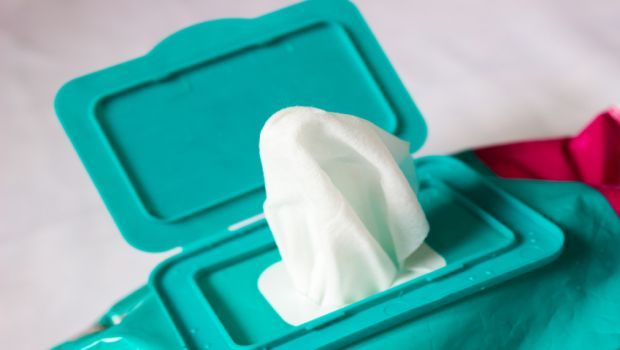Disinfectants and Surface Compatibility
Efficacy of hospital-grade cleaners and disinfectants is one of the most widely scrutinized aspects of surface disinfection, yet this factor could be undermined by the lesser-known obstacle of materials compatibility -- how cleaning and disinfection chemistries interact with the materials from which healthcare equipment and surfaces are manufactured.

Report Summary
This report explores the issue of how the chemical disinfectants used for cleaning and surface disinfection in the healthcare setting affect the surface materials used in common healthcare equipment and the built environment.
Editor's Take
All disinfectants have contraindications for certain materials in the healthcare environment, and so fact-finding and education during the product evaluation and purchasing process is key.
Takeaways for Your Business
- Discover the challenges relating to compatibility between chemicals and surface materials
- Explore key aspects of surface materials as they relate to the environmental hygiene process
- Learn about manufacturer warnings and how to educate environmental services personnel
Vet IP Roundtable 2: Infection Control and Biosecurity Challenges in Veterinary Care
March 31st 2025Veterinary IPs highlight critical gaps in cleaning protocols, training, and biosecurity, stressing the urgent need for standardized, animal-specific infection prevention practices across diverse care settings.
Invisible, Indispensable: The Vital Role of AHRQ in Infection Prevention
March 25th 2025With health care systems under strain and infection preventionists being laid off nationwide, a little-known federal agency stands as a last line of defense against preventable patient harm. Yet the Agency for Healthcare Research and Quality (AHRQ) is now facing devastating cuts—threatening decades of progress in patient safety.
From Shortages to Security: How Reusable Health Care Textiles Can Transform Infection Prevention
March 7th 2025Reusable health care textiles enhance infection prevention, reduce waste, and strengthen supply chains. Hygienically clean textiles offer a sustainable, cost-effective alternative to disposable PPE, ensuring patient safety and environmental responsibility.